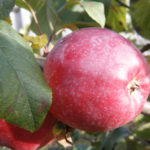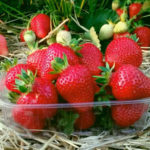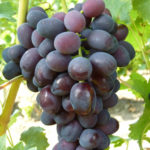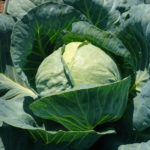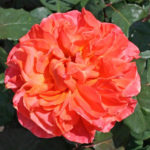Preparing conifers for winter
Do you think it's just that modern landscape designers and ordinary summer residents love and actively use coniferous trees in the arrangement of personal plots?
Various types of conifers, such as prickly spruce and common spruce, as well as junipers: Virginia, common, Cossack, are used in the construction of hedges. For the design of alpine slides and rockeries, dwarf forms of black or prickly spruce, junipers: horizontal, scaly and recumbent are taken.
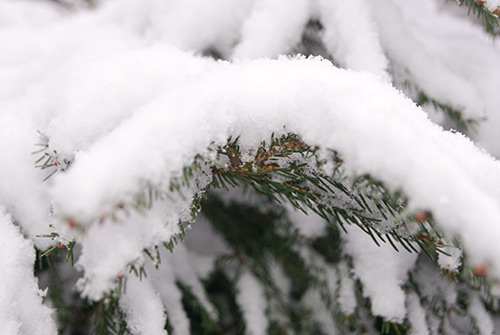
Specimens with atypical color of needles are in demand for accents and color spots in large landscape compositions. The needles of these trees are very different: gray, bluish-green, bluish-silver and blue-steel in spruces, golden-yellow and golden-bronze in juniper. How not to admire them?
When forming undersized decorative groups, as well as for fixing the soil on rocky steep slopes, there is nothing better than mountain pine.
In addition to the extraordinary decorativeness, conifers, especially large trees, add solidity to the site and significantly increase the price of this property.
Preparing adult conifers for winter
But such beauty requires appropriate care. Of course, if your trees are already old enough (over five years old), they will not need special care. They will benefit from watering in October - November, when the ground is not frozen yet.
Each adult ephedra needs two buckets of water to water. The dense crown interferes with the natural moisture of the soil, and the needles evaporate the moisture reserve before frost, and without watering the tree will not be able to store enough water.
Why protect young plants?
The main danger for young plants, especially yews, cypress trees, junipers and Canadian firs, that is, breeds with delicate and soft needles, are sunburns, which they can get in the spring.
In spring, the soil is still frozen and the plant does not receive the required amount of water. At the same time, there is an intensive evaporation of water from the needles. The bright March sun plus the reflection from the still white snow - and the tree will receive a strong ultraviolet burn. At the same time, the needles dries and turns brown quickly.
This can happen to other conifers if the winter is frosty and with little snow, and the soil freezes too deep. Therefore, do not neglect the autumn watering. For young plants, mulching the root system with a layer of peat 10 cm will be useful.
One may ask: "How do the trees survive in the forest?" First, they grow more densely in forests. Little ones are always in the shade of adults, where the dark green color of the needles allows them to get maximum solar energy. Secondly, nobody counts trees there.
In hot regions, there is enough solar energy, so those who come from there have a yellow-green tint of leaves, their leaves are covered with a powerful matte waxy coating (the coating protects from ultraviolet radiation).
You probably bought your green pets in the nursery. On your site, every plant is registered, and it will be sad if it dies.
Young stock preparation
Use burlap, kraft paper, light cotton fabric as protection for the crown (it is better if there are several layers). Do not overtighten to avoid damaging the branches. Just cover small plants with spruce branches.
Black or white non-woven fabric (spunbond, lutrasil, agrotex) will not provide protection, as it easily transmits the sun's rays. A young plant is more likely to suffer from overheating.
It is absolutely impossible to use plastic wrap. It does not allow moisture and air to pass through, under it everything will rot and rot.
Another way to protect against solar radiation is to install a screen on the lighter side of the tree. After the snow melts, all shelters can be removed.
It will be necessary to protect young animals until about five years of age. The tree then adapts, becoming more and more resistant to solar radiation.
Breeders are working to develop varieties of conifers that will not suffer from ultraviolet burns in the spring. Such varieties may appear in the near future.
Another misfortune that can happen to conifers is breaks and breaking off of branches due to the severity of the snow. Try to sweep it away in time. Tie vertical conifers loosely with twine. Tie the central shoots of weeping spruce forms to a support. Tie the crowns of columnar junipers so that they do not break with snow. In standard plants (larch), in the first three years, for the winter, the trunk is wrapped in burlap. This saves them from frostbite.
Each plant requires individual care. The health of the conifers and their successful development will depend on how correctly and carefully all the activities will be carried out - from the selection of a place and preparation of the site, to disembarkation and subsequent care.
